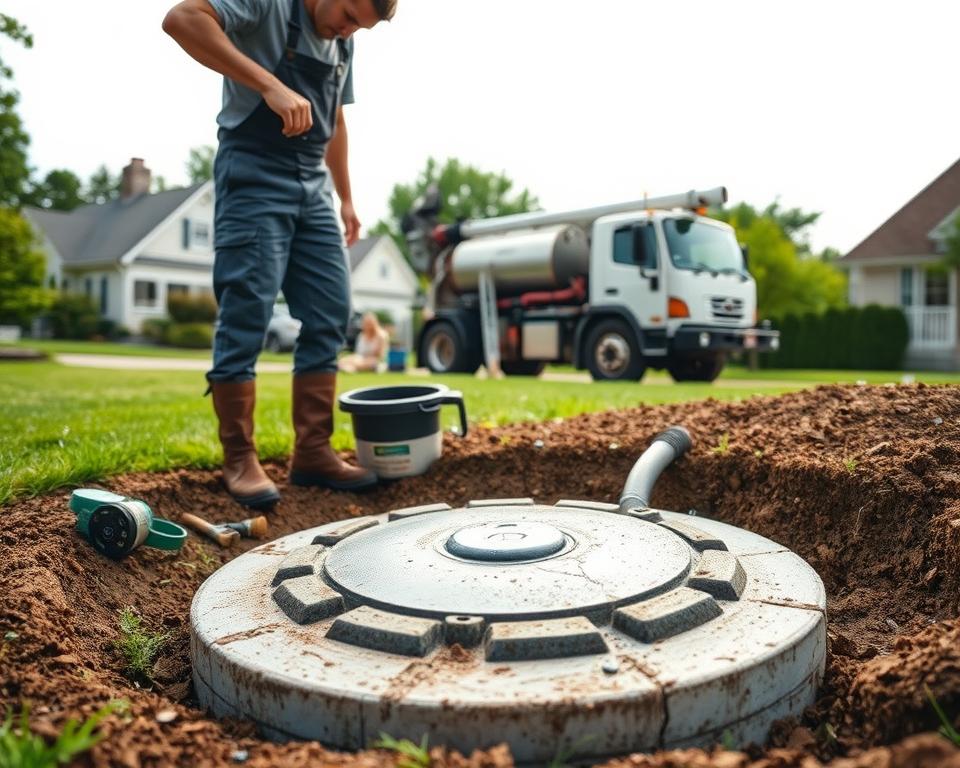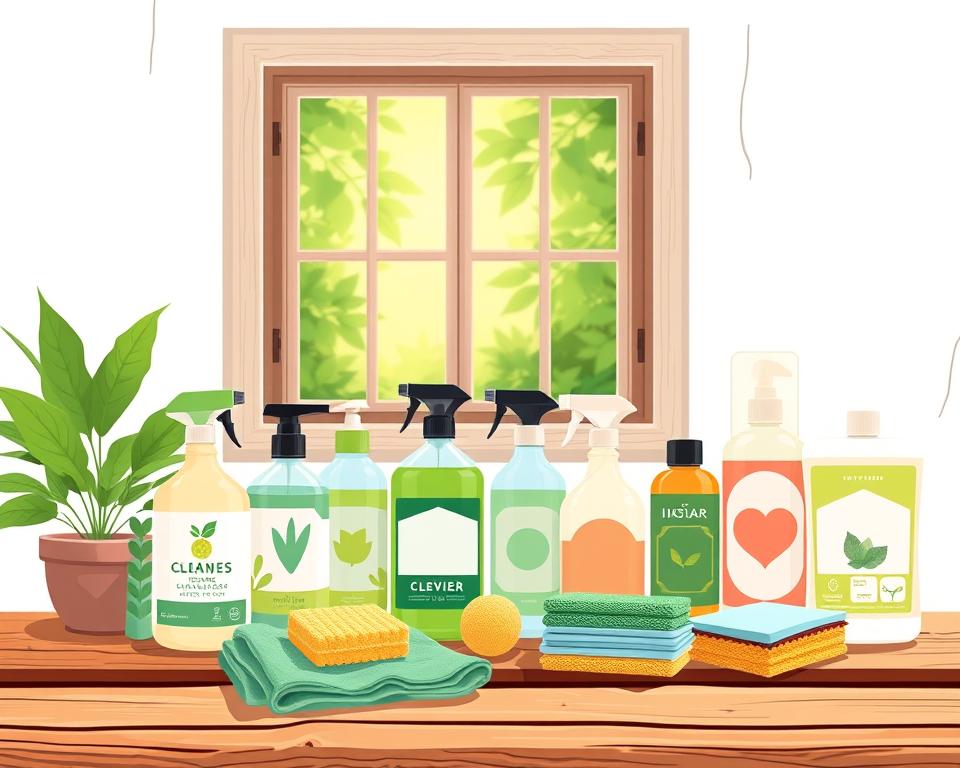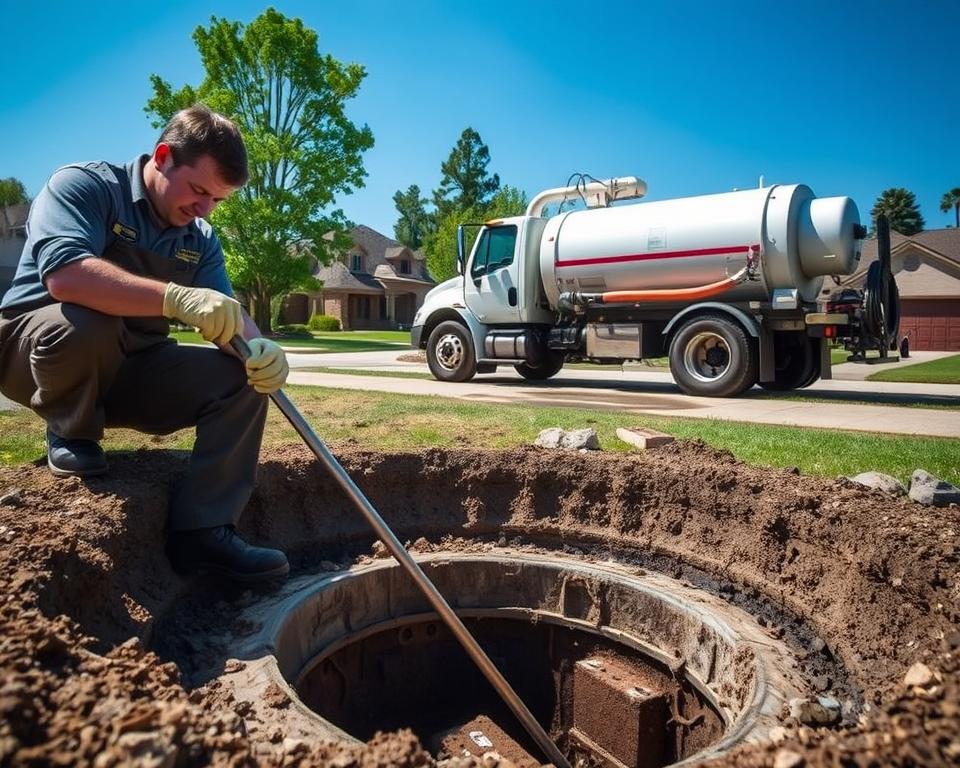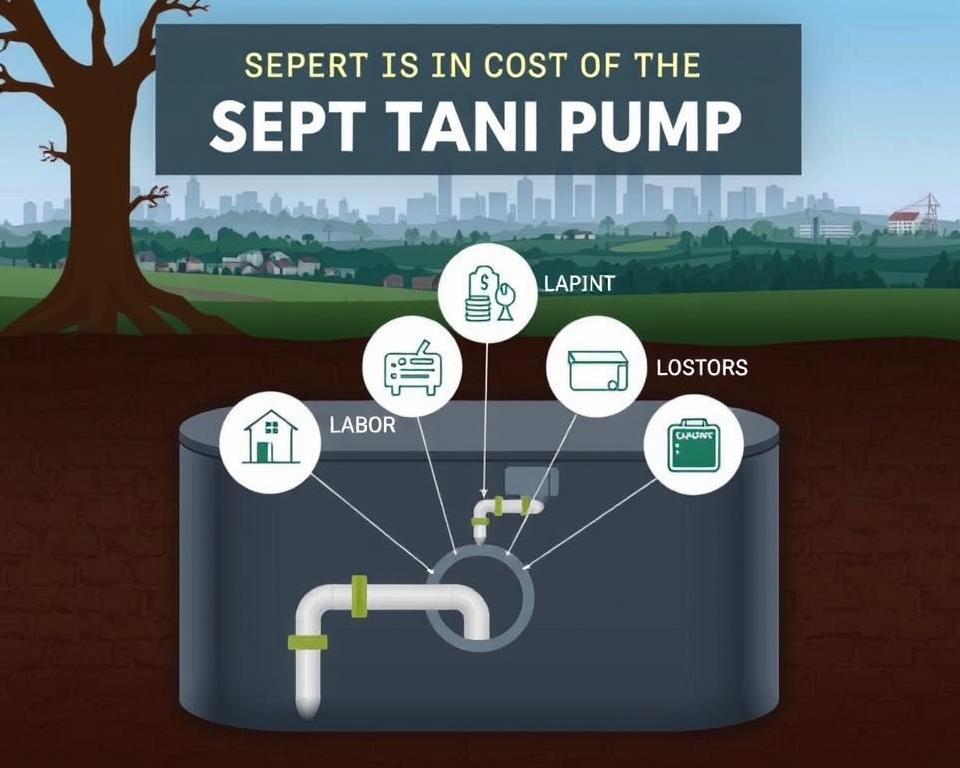Your RV Black Water Tank Pump: Guide and Maintenance Tips
Have you ever thought about how the RV black water tank pump affects your RV trips? A crucial aspect of your RV’s hygiene system is the black water tank pump. Maintaining it correctly is vital for smooth RVing. You’ll find crucial information in this guide about managing your RV’s waste water pump. Understanding how important it is will enhance its function and make your RV trips more enjoyable.
Important Takeaways
- The RV black water tank pump is crucial for effective waste management.
- You can extend the life of your RV waste water pump with consistent upkeep.
- If you understand the system’s components, you’ll be better at fixing problems.
- It’s crucial to follow safe dumping procedures for hygiene and environmental reasons.
- Winterizing your RV black water tank system can prevent costly repairs.
- A clean RV sanitation pump helps prevent blockages and bad smells.
Knowing About Your RV’s Water Tanks
It’s conceivable that numerous RV owners don’t entirely appreciate the role of different water tanks in ensuring smooth camping experiences using RV septic tank pumping. The functions of the RV fresh water, gray water, and black water tanks are important to be aware of. Each plays a unique role and needs proper care.
Potable water is kept in the RV fresh water tank. This water is for drinking, cooking, and staying clean. The cleanliness of this tank and the safety of the water are extremely important. Fresh water is crucial for hydration and health during travels.
Conversely, the RV gray water tank gathers used water from sinks and showers. It’s possible for this tank to fill up fast, so you need to check it often and empty it. To keep your RV living area clean, it’s important to manage the gray water tank correctly.
Holding waste from the toilet, the RV black water tank is very important. Regular attention is needed to prevent smells and the accumulation of waste in this tank. For a better tank condition and experience, use the correct chemicals. Knowing how to care for each tank makes RV trips more enjoyable.
RV Black Water Tank Pump: An Explanation
This RV black water tank pump plays a crucial role in the sanitation of recreational vehicles. This pump is responsible for moving waste to approved dumping areas. Knowing how it works is key for maintenance and avoiding expensive fixes.
There are different types of pumps available for RV owners, such as the sewer pump. Many people prefer the macerator pump because it breaks down waste, which speeds up the disposal process. This feature is very helpful at dump stations that are busy.
A quality RV black tank pump is crucial for waste management. This helps maintain cleanliness and comfort in the RV. Knowing how your pump works and checking it often will improve your overall RV experience.
Identifying the Components of the Black Water Tank System
A key to managing waste efficiently is understanding the RV black water tank system. There are several key components that work in unison to guarantee proper operation. Holding the waste from the RV’s toilet, the black water tank is the most important part. Because it’s made of tough materials, it can endure a range of conditions.

A significant function of the system’s pump is to move waste to a designated disposal area. For those who own RVs, it is essential. Playing a vital role as well are sewer hoses, which provide a flexible connection between the tank and the dump station. The design of these hoses prevents leaks and contains odors, which leads to a clean disposal process.
Facilitating the effective transfer of waste, connection ports are crucial for attaching sewer hoses. Termination valves are crucial for managing waste flow. By preventing backflow and spills when disposing of waste, they help keep things sanitary.
RV owners can efficiently maintain their sanitation system by learning about these key components. This knowledge is key for troubleshooting issues during travel or use, enhancing the overall RV experience.
Using Your RV Black Water Tank Pump Correctly
Using the RV sanitation pump correctly will greatly improve your RV life. Knowing how to operate the black tank properly is vital for a smooth-running system. It’s very important to flush the tank completely after every time you use it. It prevents the accumulation of solid waste, which could cause blockages and other issues.
Checking your RV sanitation pump regularly makes sure it’s working the way it should. This preventative step helps you steer clear of any unwanted situations during your travels. It is also essential to use toilet paper made specifically for RVs. This type of paper is designed to dissolve rapidly, thus reducing the likelihood of clogs.
Another important thing to do is to keep the termination valves closed, except when you’re emptying the tank. This helps prevent bad smells. Adding tank deodorants and cleaners will also contribute to a pleasant smell and cleanliness in the system. Adhering to these guidelines improves your experience with the RV black water tank.
| Guidelines for Using Your Black Tank Correctly | Advantages |
|---|---|
| Use Lots of Water When Flushing | Helps avoid clogs caused by solid waste |
| Regular Pump Operation Checks | Helps ensure it’s working as it should |
| Only Use Toilet Paper Designed for RVs | Reduces risk of blockages |
| Keep Termination Valves Closed | Helps keep odors down |
| Make Sure to Use Tank Deodorants and Cleaners | Keeps the system smelling fresh and clean |
Top Maintenance Tips for the Black Water Tank Pump
To ensure your RV’s black water tank pump lasts longer and works efficiently, it’s crucial to maintain it regularly. This means you need to use the correct chemical treatments that are designed for these types of tanks. Waste is broken down efficiently by them, and they also prevent odors.
Another crucial thing is to ensure sufficient water flow when using the toilet. This ensures that waste goes smoothly into the tank, which helps to minimize the risk of buildup. Make sure you also regularly deep clean the tank and all of its components. For this important job, use the tools that are recommended.
It’s important to always monitor the levels in the tank to prevent any issues from arising. If you see any leaks or overflows, fix them right away. Regularly emptying the tank is important to prevent the accumulation of solid waste. Creating a maintenance schedule helps ensure a trouble-free RV experience.
| Task for Maintenance | Periodicity | Explanation |
|---|---|---|
| Examine levels | Each time you travel | To prevent leaks, ensure the tank is not filled too much. |
| Chemical treatment | After every disposal | Apply treatments to ensure waste is broken down effectively. |
| Flush the system | Each month | Use a cleaning product to keep the tank clean. |
| Examine the pump | Ahead of long trips | Inspect for any wear or damage so you don’t have breakdowns during your trip. |
| Dispose of tank contents | Depending on the need | Empty the tank when full, ideally at designated dump stations. |
Making sure you follow these important maintenance practices will help your black water tank pump work as it should. This will improve your RV trips significantly.
Fixing Common Problems with Your Black Water Tank Pump
Dealing with problems with your black tank pump might seem difficult. A lot of RV owners experience different problems with their RV black tanks, like clogs, leaks, or smells that won’t go away. Dealing with these challenges early can help you save time and money on fixes.
Begin by examining the hoses that are linked to the black tank pump. It’s common for blockages to occur in these hoses, resulting in the pump not working properly. Take the hoses off and see if there’s any buildup or dirt inside. Should you find any blockages, clean the hoses thoroughly before you reattach them.
After that, check the seals that are around the pump and the tank. If the seals are damaged, it can cause leaks that you might not notice until a lot of damage has been done. To prevent more issues, replace any seals that are damaged or not working correctly immediately.
If you’re dealing with odors that just won’t disappear, enzyme treatments might be useful. They work by breaking down the waste and reducing the smells that are bothering you. To achieve the best results, it’s important to follow the manufacturer’s instructions.
For your convenience, here’s a table summarizing common issues and how to solve them:
| Difficulty | Likely Cause | Solution |
|---|---|---|
| Build-up | Accumulation of material in the hoses or tank | Check and clean hoses |
| Loss of liquid | Seals that have been damaged | Examine the seals and replace any faulty ones |
| Unpleasant smells | Too much waste in the tank | Make sure to use enzyme treatments |
| Pump is not operating | Problems with the electricity | Make sure the connections are good and check the battery |
Recognizing the warning signs early on can prevent minor issues from turning into major problems with your RV black tank. Regular maintenance and vigilance will improve the longevity of your black tank pump, improving your RV experience.
How to Clean Your RV Black Water Tank Pump
For good hygiene and to keep your RV’s plumbing working well, it’s important to keep the black water tank clean. Make it a goal to rinse with fresh water after each use to minimize odors and ensure smooth operation. By doing this, you reduce the accumulation of waste and help maintain the tank’s condition.
For a more thorough cleaning, use cleaning solutions that are made for black water systems. These agents dissolve waste and combat odors effectively. Fill up the tank with water and the cleaning solution, and then let it sit for a while. Having a built-in flush system in your RV simplifies the cleaning process.
Sharp turns or using sloshing techniques while driving can help to agitate the contents of the tank. This helps to loosen any leftover material that’s stuck to the sides of the tank. These kinds of cleaning methods help the sensors work better, which can prevent problems related to sewage.
Safe Dumping Practices at Dump Stations
It’s important to learn the correct procedures at RV dump stations to keep them in good condition for everyone. When you arrive at the station, ensure your RV is placed correctly. Then, get your gear ready for dumping.
Pay attention to these steps to ensure the process runs smoothly:
- Confirm that your sewer hose is firmly attached to the station’s connection point.
- First, open the black water valve to allow the sewage to flow out.
- Once the black tank is completely empty, close its valve. Then, open the gray water valve to clean the hose with the less dirty water.
- Once the process is complete, carefully detach your hose to prevent any spillage.
- Always use safe drinking water to clean your hoses and then store them immediately.
It’s also vital that you adhere to the local laws regarding waste disposal. To protect the environment, many areas have rules that you are required to follow. Ignoring these rules can result in fines or other penalties.
Respectful behavior at RV dump stations contributes to a better experience for all users. By maintaining a clean area and adhering to the rules, you demonstrate care for the community. By doing these things, you help create a culture of responsibility among RV enthusiasts and encourage environmentally friendly camping practices.
Preparing Your RV Black Water Tank System for Winter
Winter preparation of your RV tanks is vital to protect the black water system from freezing. Proper preparation is important to prevent damage caused by water freezing inside the system. To make sure your RV black tank is effectively cared for in the winter, you need to follow specific steps.
- The first step is to fully drain the black water tank using the right pump and connections.
- Then, you should bypass the water heater to prevent water from entering and accumulating inside.
- Be sure to use RV antifreeze, because regular antifreeze can be toxic and can harm the environment. Pour the antifreeze into the system according to the product instructions.
- Leave all faucets and drains open to allow any remaining water to escape and for the antifreeze to circulate properly.
- Lastly, make sure all the access panels are sealed and closed tightly so that water can’t get in during the winter.
RV owners can protect their black water tank systems from the harsh effects of winter by following these winterization steps. This proactive approach helps to avoid expensive repairs or maintenance when the seasons change.
To Summarize
Successful RV ownership relies heavily on efficient maintenance of the RV black water tank. Learning how to use the black water tank pump properly and following the maintenance advice in this guide will make your trips more enjoyable. Taking good care of your equipment will make it last longer and make managing waste in your RV easier. This makes travel less daunting.
Knowing about your RV’s black water system is essential for dealing with problems directly. If you use good maintenance, troubleshooting, and cleaning techniques, you can prevent unexpected problems. This lets you enjoy worry-free road trips. Services like All in Sanitation, which have a good reputation, can help you with your maintenance. They give you the important products and support you need for great care.
Being a good RV owner means paying attention to and taking proper care of every part of your RV, including the black water tank. With this knowledge, you’re prepared to explore freely. By doing all the right things, you’ve ensured a fantastic trip for yourself and others.


